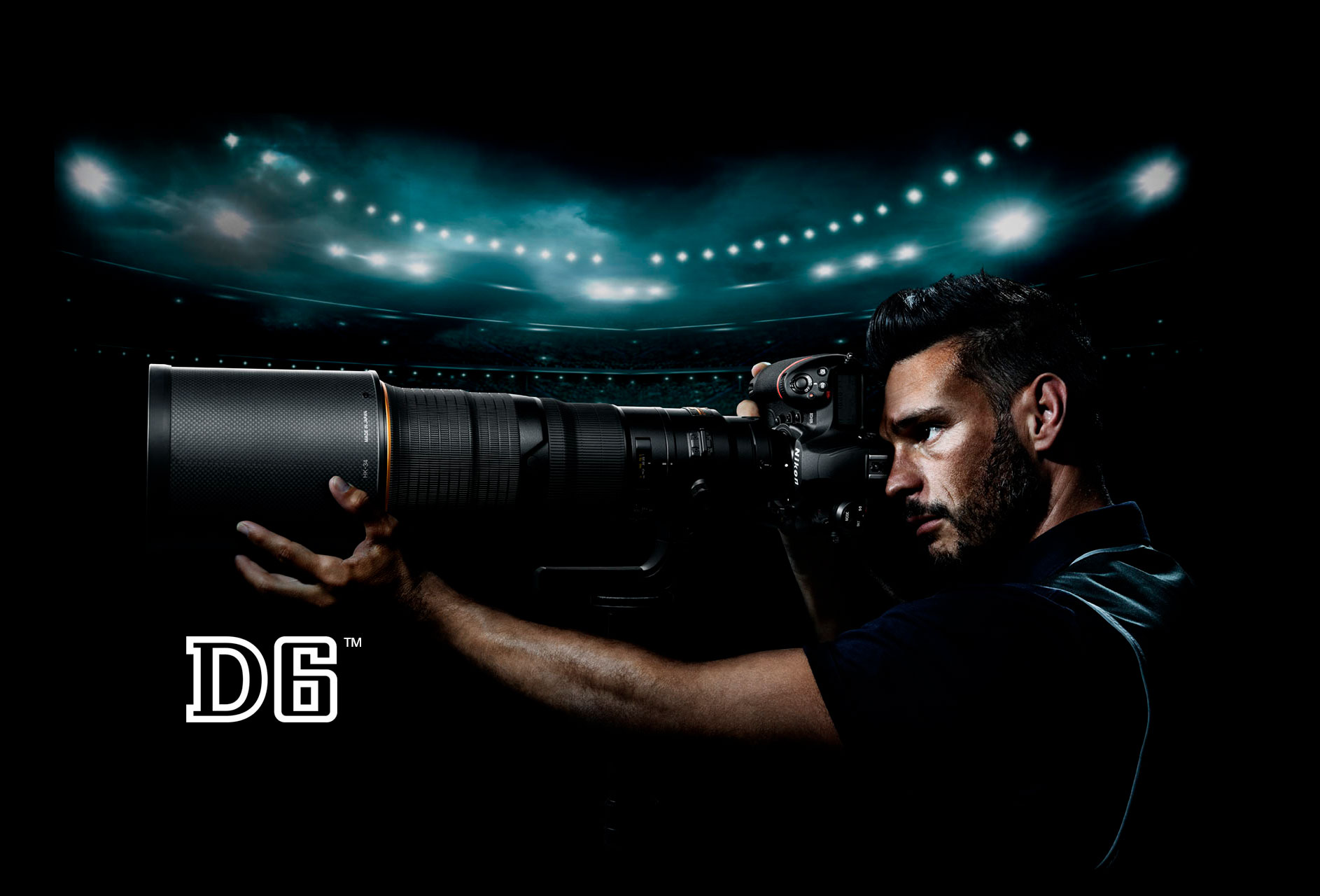Johan Schmidt
Well-known member
I agree 100% - these are the best cameras that photographers have ever had access to, yet people still complain. It's almost as if they want to skill to be taken out photography - aim and point like an iPhone and it's all done 'automatically' - sure, these tools should assist as much as possible, but there's still the craft that the operator needs to develop. Looking fwd to a new update on the Z9 firmwareImprovements to the Auto AF area since I first had a Z9 way back have been nothing but remarkable. My hit rate on kingfishers, in the wild, in flight with Auto AF has been remarkably good even with quite busy backgrounds. Almost as good as an A1 where I would mainly be using zone AF. Given how poor Auto was back in the day Im amazed how much trust I put in it nowadays.
If there is one thing that makes the biggest difference in hit rate with Kingfishers (in flight) is that I put the Z800 PF away and put the Z600 PF on. With the Z800 I find that operator error creeps in more easily and gets exagerrated on small birds. The tracking (of subject in the frame) will be more erratic (for most normal human beings trying to keep the bird steady in the narrower fov) wth the 800 v 600 so the camera could well be made to work harder to maintain focus throughout any burst hence a little bit more AF drift on some frames.





